Description
The Uno R3 SMD is an Uno-compatible version of the latest R3 iteration of the Arduino Uno, which is the most popular of the many development boards available for hobbyists. It uses an SMD version of the microprocessor rather than the older style DIP package used on the original product and has some additional features.
Package Includes:
- Uno R3 SMD (Arduino compatible)
- 1 x 40 break-away male header strip
Key Features of UNO R3 SMD:
- ATmega328 processor running at 16MHz
- CH340 Serial to USB converter
- 32KB Flash memory
- 14 Digital I/O
- 6 PWM shared with the digital I/O
- 6 Analog inputs that can also be used as digital I/O for a total of up to 20 digital I/O
- 1 Hardware serial port
- 5V Operation
The Uno R3 SMD operates at 5V which can be supplied via an external power supply or through the USB port connection. The power source is selected automatically if both are available. If an external supply is used, it is recommended to use a supply between 7-12V. Higher input voltages will cause the on-board regulator to work harder and may cause it to overheat.
A great feature on this version of the board is that besides the standard female headers for bringing out I/O, each female header also has a row of holes next to it which can be soldered male headers, a second row of female headers, or even wires. These can be soldered to either the top or bottom side of the board. The board comes with a strip of male headers which are normally soldered to the top side of the board as shown in one of the pictures. If the male headers are soldered to the bottom of the board, the board can’t be mounted directly into a breadboard since the separate sections of headers on one side are not spaced apart on 0.1″ centers and the holes are offset somewhat side-to-side.
The board also has an array of solder points which gives another place to access I2C (SCL/SDA), Serial (TX/RC), 3.3V, 5V, and GND which can come in handy.
Like all Arduino-compatible boards, it can be programmed using the Arduino IDE via the USB port.
The original Uno design which we also sell uses a DIP processor placed in a socket. The benefit to that design is that it is easy to replace the processor should the chip become damaged. The downside is that the DIP part is becoming harder to find and the assemblies cost more than the SMD version.
Our Evaluation Results
These are nice clone assemblies with good build quality. The ability to add a 2nd row of male or female headers can be very handy. If going old school, you can wire wrap to the male headers which I have found handy at times when embedding these boards into a project where you can’t or don’t want to use a shield and you want more reliable connections than the normal jumpers provide.
The board uses the CH340 chip for USB communications. If you have any issues with connecting to the board, you may need to download a driver. Just search for Arduino CH340 driver and you will find a number of sources for drivers depending on what Windows or Mac operating system you are using.
Technical Specifications
| Microcontroller | ATmega328P |
| Serial to USB Converter | CH340 |
| Operating Voltage | 5V |
| Input Voltage | 7-12V |
| Digital I/O Pins | 14 |
| PWM I/O Pins (Shared with Digital I/O) | 6 |
| Analog Input Pins | 6 |
| DC Current per I/O Pin | 20mA |
| DC Current which can be drawn from 3.3V Pin | 50mA |
| Flash Memory | 32 KBytes |
| SRAM | 2 KBytes |
| EEPROM | 1 KBytes |
| Clock Speed | 16MHz |
| Built-in LED | Attached to digital I/O Pin 13 |
| USB Connector Style | B-Type Female |
| Board Dimensions (PCB) | 68.8 x 53.4mm |
| Board Dimensions (with connector overhang) | 77 x 53.4mm |
| Mfr | China |
Pin Out:
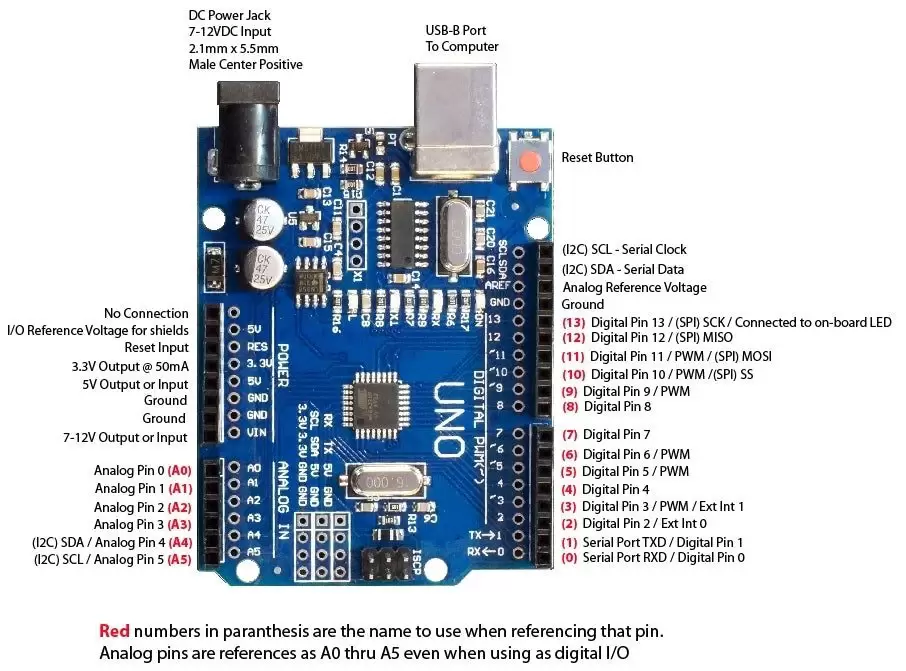
Watch a video walkthrough of this process
we’ll show you how to install CH340 drivers on multiple operating systems if you need them. The driver should automatically install on most operating systems. However, there is a wide range of operating systems out there. You may need to install drivers the first time you connect the chip to your computer’s USB port or when there are operating system updates.
Windows
- Download the Windows CH340 Driver
- Unzip the file
- Run the installer that you unzipped
- In the Arduino IDE when the CH340 is connected you will see a COM Port in the Tools > Serial Port menu, the COM number for your device may vary depending on your system.


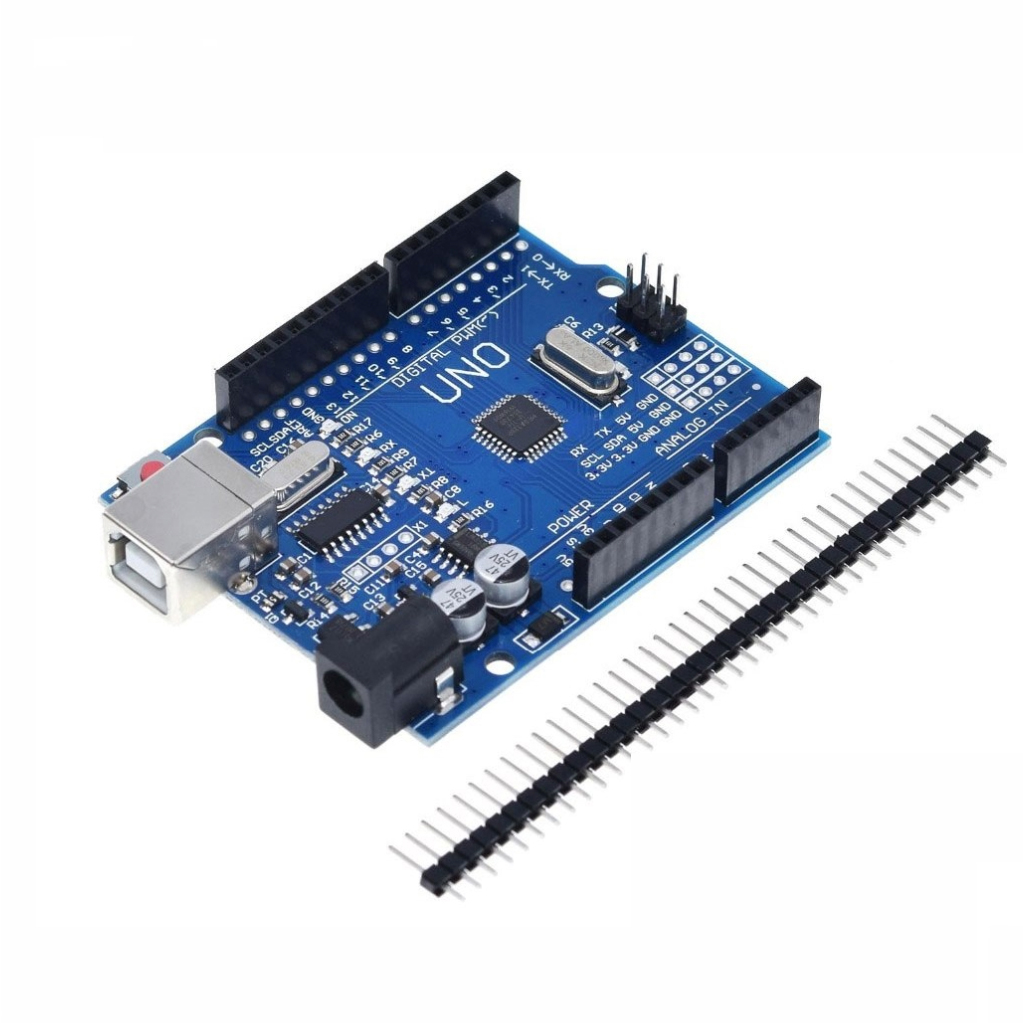
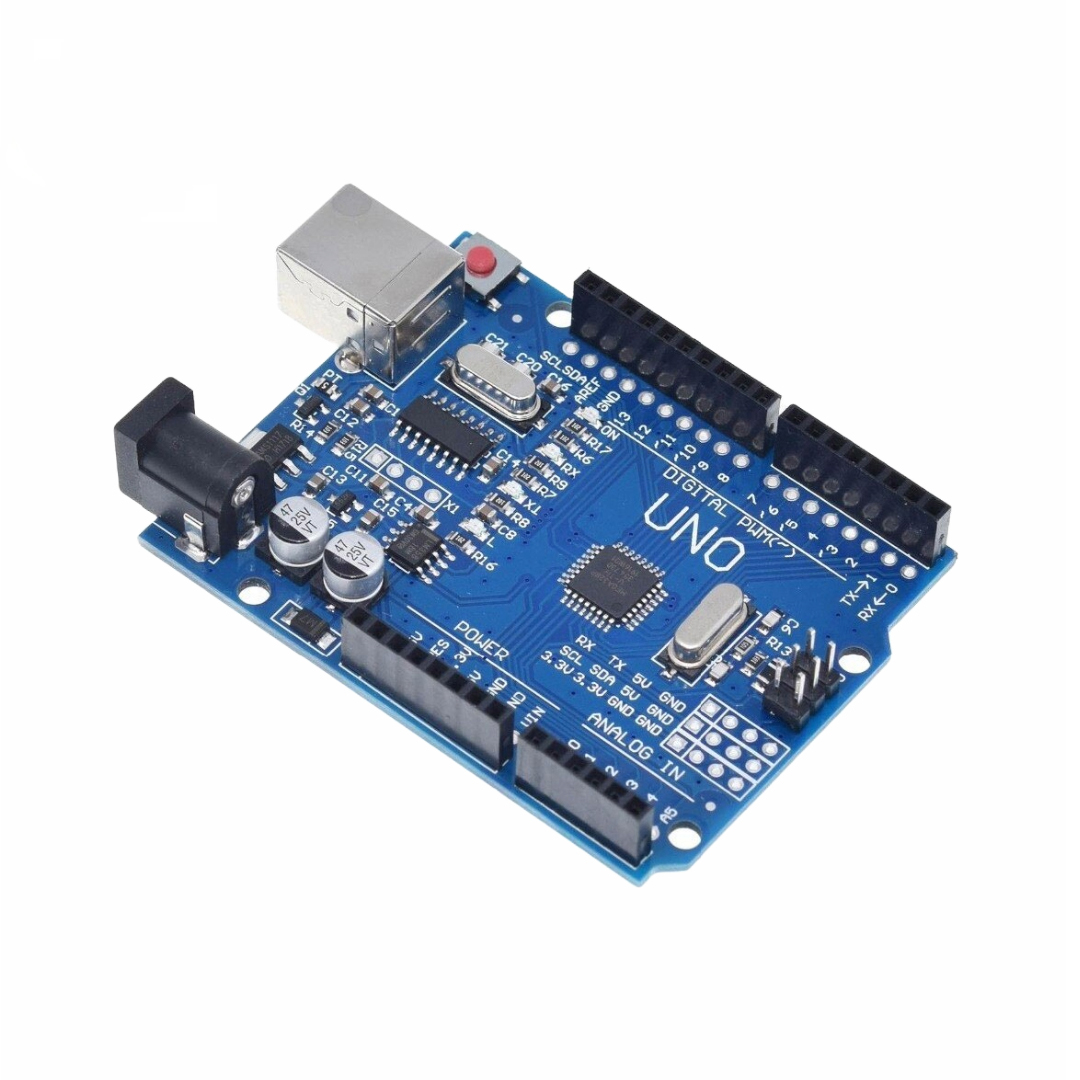
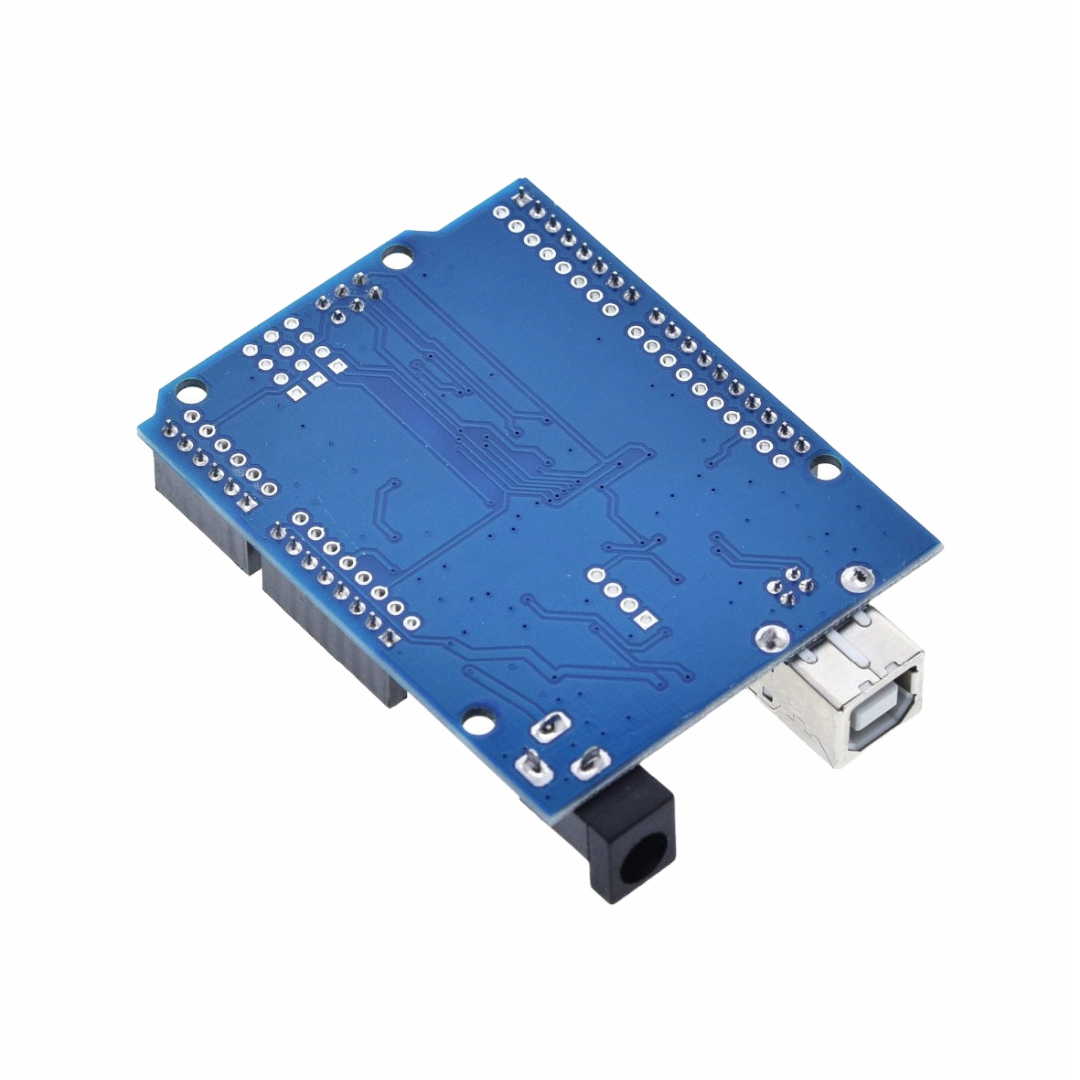
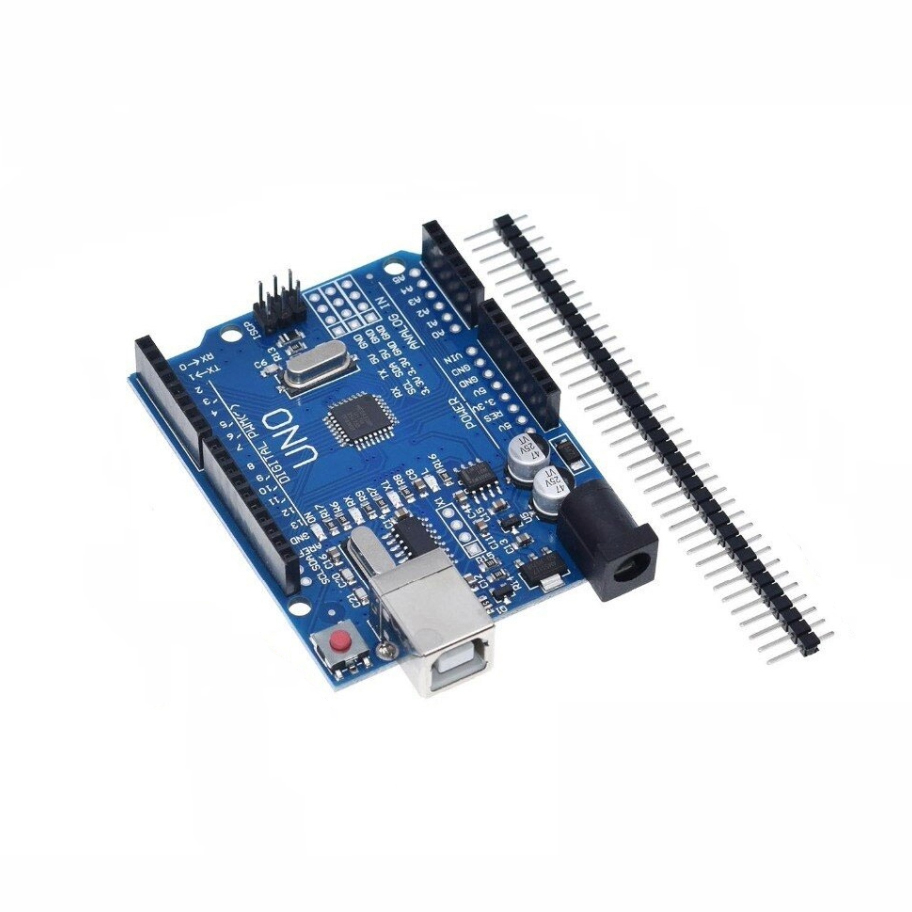
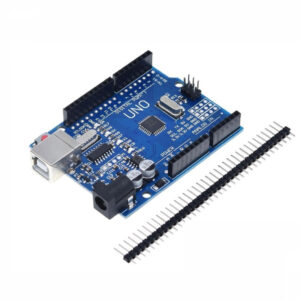
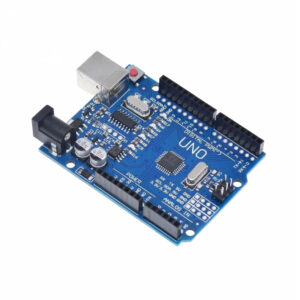
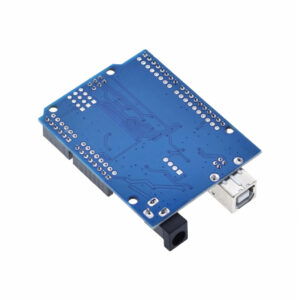
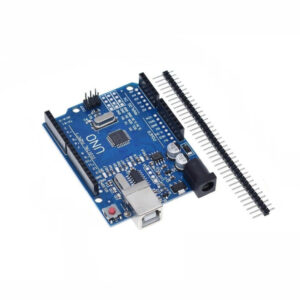
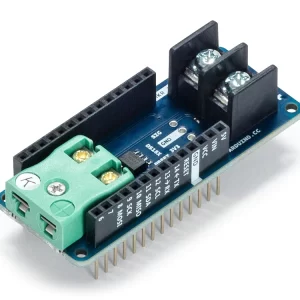


Reviews
There are no reviews yet.